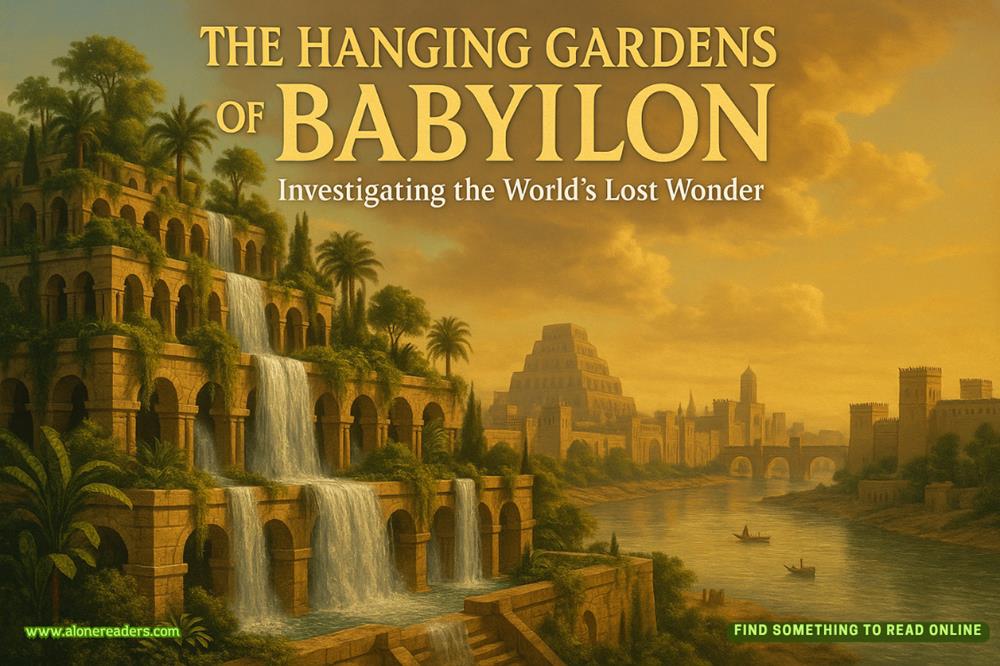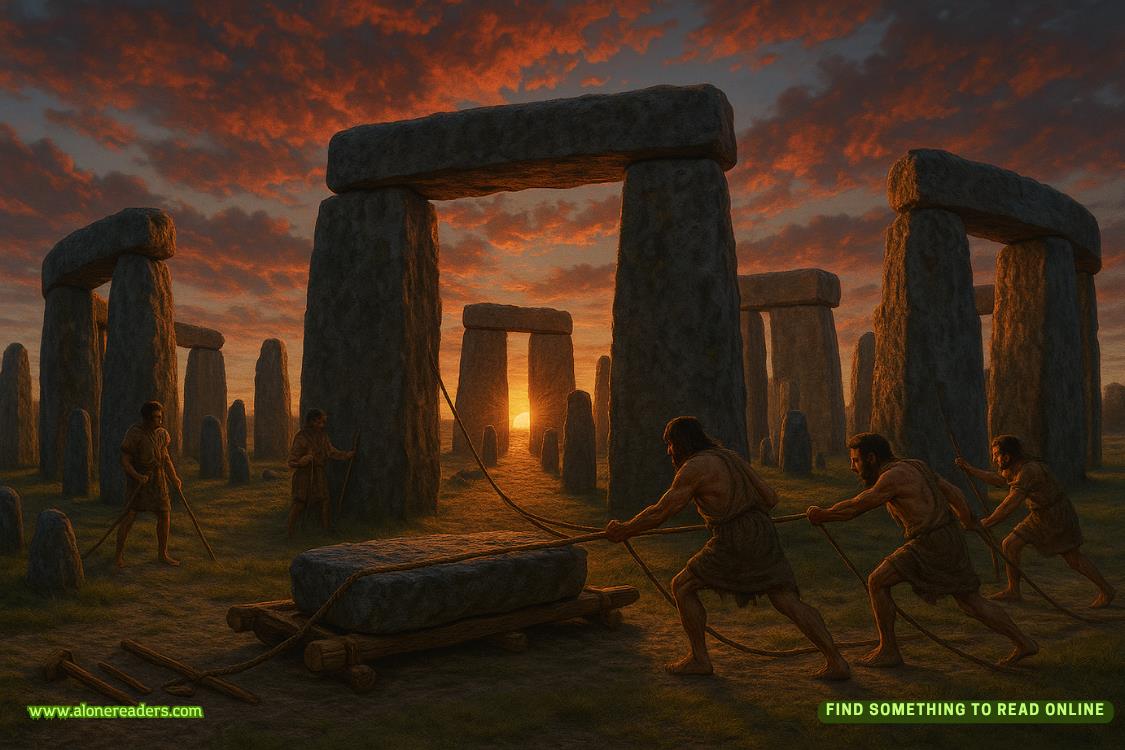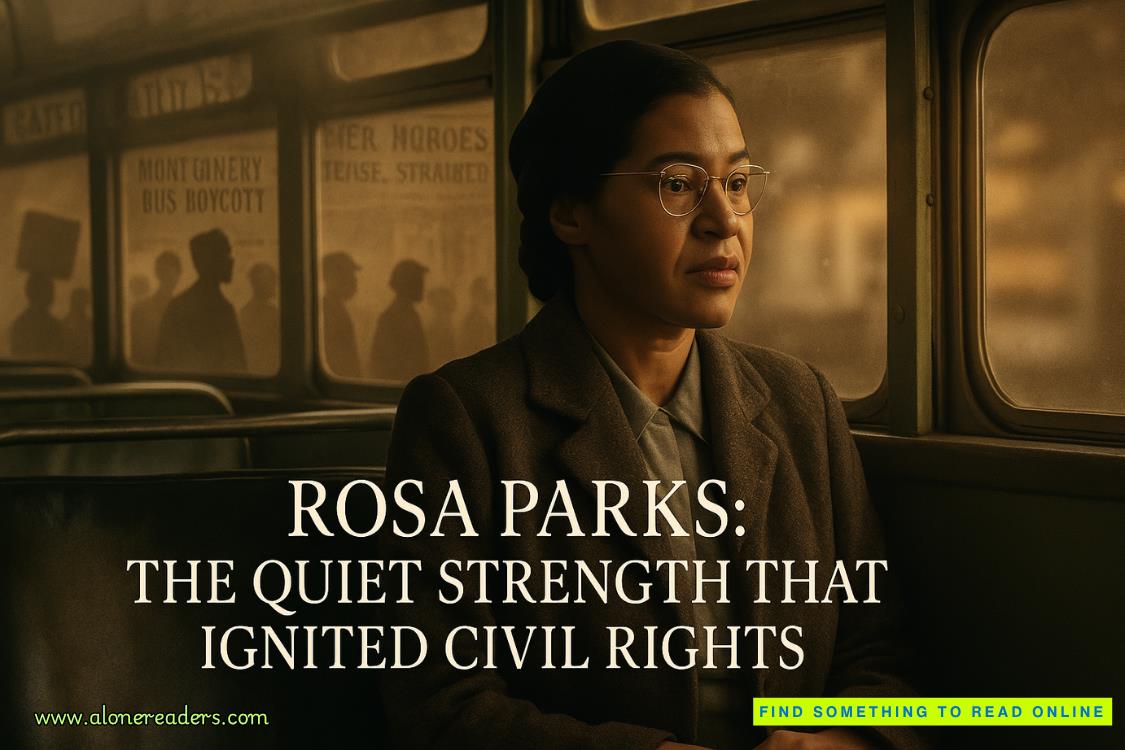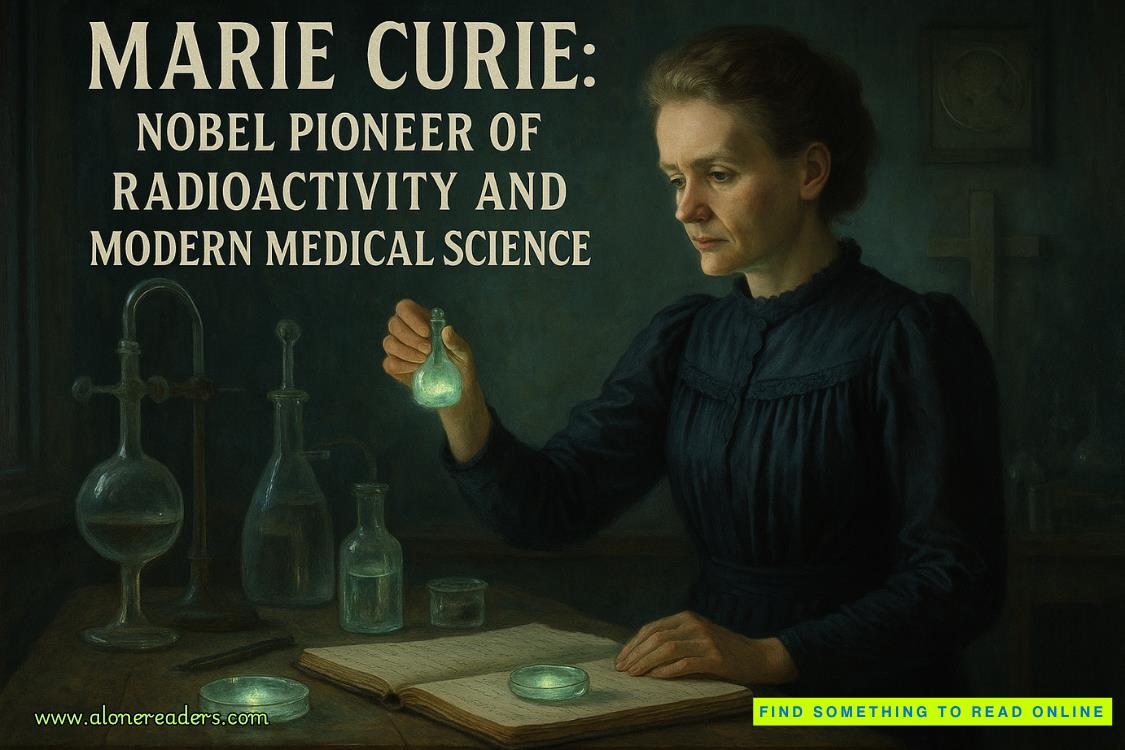Page 7 of Deadly Sacrifice
Lei gazed across the lava and an ocean inlet at a distant figure on the black surface. He seemed to shimmer in the heat rising from the stone. “Who’s that?” she asked, pointing.
“That’s my partner, Officer Regala. He went out there to verify the report in person,” the uniform said.
“Okay. Can you put up crime scene tape at the opening to the trail and close this whole area off? Then call your partner and tell him to stay off the radio; we don’t want any lookie-loos picking this up. Have him use his cell phone if he finds something.” Lei turned to the witnesses and extended her hand. “I’m Sergeant Lei Texeira, and this is my partner, Detective Pono Kaihale. Tell us about what you found.”
The men introduced themselves and described seeing something fluttering and odd on the lava behind a rock protrusion. They went over to investigate. “We thought it might be litter; we planned to pick it up since this is a protected area. But turned out there’s a woman staked out against the rocks. All cut up,” one of the witnesses said, looking green.
“Did you check if she was alive?”
“Didn’t need to,” the other man said, his eyes on his feet. “She was definitely gone. Lots of blood everywhere.”
“Dammit,” Lei muttered; this sounded like a bad one. “Pono, can you call for the Medical Examiner? And start getting these witness’s statements on the record? I’m going over to check it out.”
“Sure thing.” They’d been working together long enough that their communication was smooth, and hassles over task division seldom happened.
Lei hefted her crime kit and set off toward the trail opening at a brisk pace, grateful for a slight breeze that had sprung up, moving wind across the barren, sunstruck lava plain. This was one of those days when she was glad she was a runner and kept fit, dressing every day for motion in black jeans and a tank top with a light cotton jacket concealing her weapon. She tugged a foldable billed hat out of her pocket and put it on, threading her curly ponytail out through the back, then removed the jacket and tied the arms around her waist to cool her torso.
The Department of Land and Natural Resources had been fairly successful in obliterating traces of the old tracks and trails of fishermen and recreational users that had once crisscrossed the lava plain, in an effort to keep people from trespassing into the Reserve.
Most of the lava there was‘a‘a, the rough, crumbly, jagged kind, rather than the smoother, ropypahoehoe. Even so, paths crossing ancient lava flows were anything but smooth and level. Liquid lava never cooled into a flat surface, and air pockets caused dips and troughs, so even after a hundred years or more of ongoing use, the going was rough.
The trail led into a grove ofkiawetrees clustered around a lime-green natural water source. Lei emerged from under the tree canopy and glanced across the inlet, waving to Pono off in the distance. He saw her and raised an arm in encouragement.
A couple of hundred yards later, she reached a young patrol officer. He sat on a low lava rock wall with his head hanging between his knees; his blue uniform shirt was dark with sweat under the arms and along his back.
“Hey. I’m Sergeant Texeira,” she called out. “Are you okay?”
The man glanced up. “Hey, Sergeant. I’m Lopaka Regala. We met before, on that petroglyph case. Gerry Bunuelos is my cousin.”
“Sure, I remember you,” Lei said.
Regala straightened, wiped his face on his sleeve, and stood up, looking pale beneath his tan. “Sorry. I’ve never seen anything like this before.”
“And that’s a good thing.” Lei glanced past him but couldn’t see the body; it was hidden behind a rock outcrop. “It’s okay. We all felt that way at our first bad scene.” She noticed the bright yellow crime tape draped around the perimeter. “Glad you’ve got the tape up. Where’s the victim?”
“She’s right behind that rock column,” he said, pointing.
Lei made her way over. She stopped at the sight before her. “Oh, you poor thing,” she whispered, and then, searching the ground for trace, moved in closer to examine the body.
The victim was nude from the waist up. She lay in a seated, reclined position, her back against a rock formation and her arms splayed, staked out with a fibrous rope. Some kind of Polynesian print skirt wrapped her waist and was tucked between her legs, but it was so stained with blood that the material was hard to make out. A florallei po‘orested on her head, its blossoms and ferns wilting.
Her legs were spread, and she was barefoot. There were no shoes in sight, but her feet were clean; she hadn’t walked to the site. Between her feet rested apu‘olo, a traditional Hawaiian offering, the shiny green ti leaves tied with a twine cord.
Lei snapped on gloves from her kit, took out her phone, and began taking pictures, dictating observations aloud in the Notes feature.
The woman appeared to be in her forties. Her blonde hair was threaded with silver, a once-stylish blowout disheveled and windblown. Her eyes were partly open but filmed. Her mouth hung ajar, and her skin looked bleached, though her breasts and abdomen were covered in dark, drying blood from the ragged wound that had carved open her throat.
Lei lifted one of the hands; it was limp. Rigor had gone. Guessing by her appearance and a rising smell that had begun to attract flies, she’d been there since the night, at least—but the heat of the sun beating down on the hot black lava surrounding her could be distorting the timeline.
“Who are you?” Lei murmured, staring closely at the victim’s slack face and gruesome wound. “Who violated you like this?”
But of course, the dead couldn’t answer. Couldn’t call out for help. Couldn’t tell who’d killed them.
That was Lei’s job.
As she straightened up, Lei felt a new energy and motivation. She would find answers. She would make sure whoever had so cruelly murdered this woman was brought to justice.
6















